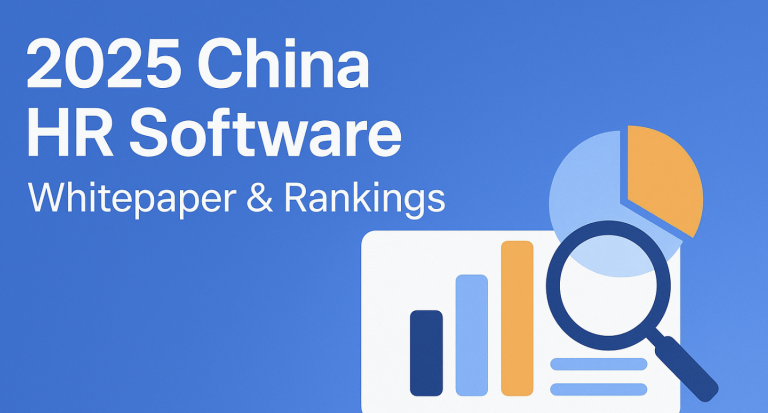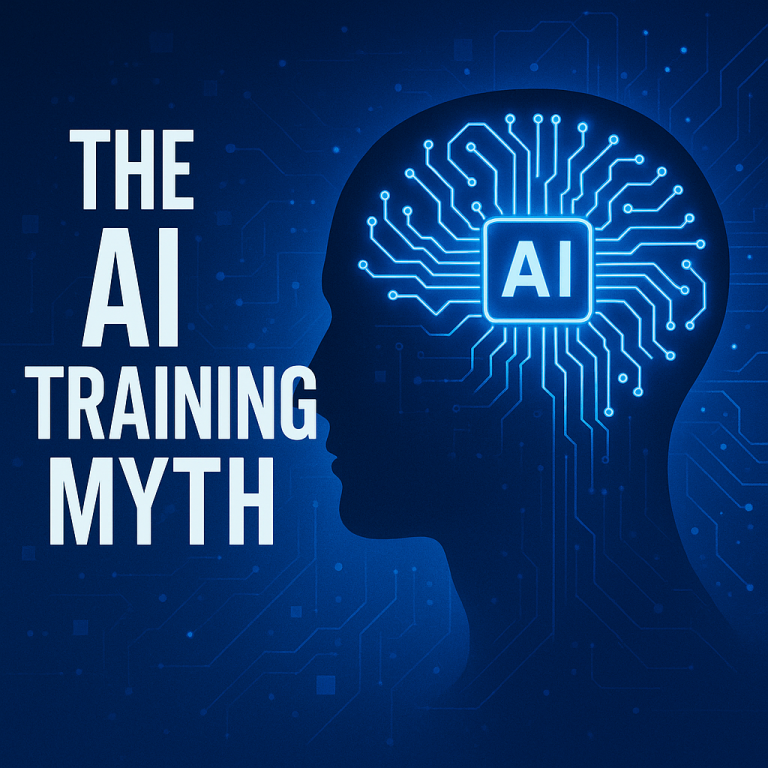Introduction: Why SEO Alone No Longer Works
The rise of generative AI has triggered the fourth revolution in information retrieval. Traditional Search Engine Optimization (SEO) is no longer sufficient. A new paradigm—Generative Engine Optimization (GEO)—is emerging, fundamentally changing how content is created, understood, and surfaced by AI systems.
This article will explore:
- The key differences between SEO and GEO
- Why GEO is not just “AI SEO”
- How companies are transitioning from keyword-based optimization to knowledge-based trust-building
- What brands must do to remain discoverable—and credible—in the generative era
The Fourth Information Paradigm: From “Finding” to “Generating” Answers
Information access has evolved through four key stages:
- Ask Model – Oral traditions and interpersonal queries
- Lookup Model – Libraries and physical archives
- Search Model – Web search via keyword-driven engines
- Dialogue Model – AI-driven conversations that generate answers in real time
In the Dialogue Model, users no longer “find” links—they receive synthesized answers generated by AI systems such as ChatGPT, Gemini, Claude, and others.
SEO vs. GEO: A Paradigm Shift
What SEO Optimizes:
- Discoverability via search engine crawlers
- Keyword density and placement
- Backlinks to boost authority
- Click-through rankings from search results
What GEO Optimizes:
- Machine understanding and synthesis
- Semantic clarity and structured knowledge
- Source reliability and cross-verification
- Direct answer generation in multi-turn conversations
Key Insight: SEO increases the chance of being found; GEO increases the chance of being understood and adopted by AI systems.
Why GEO Is Not “AI SEO”
The term “AI SEO” misses the point. GEO is not just a technological upgrade to SEO—it’s a cognitive, architectural, and strategic leap:
| Misconception | Reality |
|---|---|
| GEO is just SEO with AI | GEO restructures content for semantic understanding, not search rankings |
| Focus stays on keywords and backlinks | Focus shifts to knowledge graphs, ontologies, and information credibility |
| SEO tools still apply | New tools are needed: entity mapping, RAG optimization, source grounding |
Think of it this way: GEO is to SEO what self-driving cars are to horse carriages—not an upgrade, but a reinvention.
From Pages to Knowledge Graphs: A New Optimization Framework
GEO changes the content optimization unit:
- From webpages to knowledge entities
- From ranking manipulation to value creation
- From traffic goals to cognitive trust
In short, GEO requires you to build structured, trusted, retrievable knowledge that AI models can integrate and represent in user-facing answers.
SEO vs. GEO: Technical Mechanism Comparison
| Component | SEO | GEO |
|---|---|---|
| Core system | Search engine + crawler | LLM + knowledge base |
| Indexing | Page-based | Entity- and graph-based |
| Retrieval | Keyword matching | Semantic parsing and multi-source synthesis |
| Evaluation | CTR, traffic | AI adoption rate, knowledge recall accuracy |
| Optimization | Titles, meta tags, link building | Semantic clarity, factual accuracy, multi-modal input |
Marketing Implications: What Marketers Need to Do Differently
- Create content for understanding, not just ranking
- Use consistent schema, semantic markup, FAQs, and factual context
- Prioritize structured knowledge assets
- Build topic clusters, entity relationships, and knowledge graphs
- Switch from flow-based to trust-based measurement
- Move beyond traffic to “trust metrics”: AI citations, factual accuracy, brand authority
- Design for AI conversations
- Anticipate follow-up questions; embed logical chains and answer variation into your content
Case Studies: How Leading Brands Are Adapting
Microsoft (Bing)
Integrated AI-driven Bing Chat (Sydney), shifted KPIs from search clicks to AI answer inclusion rate.
HubSpot
Transitioned from keyword blogs to topic clusters, improving AI retrievability and structured visibility.
Mayo Clinic
Structured all medical knowledge using ontologies and verified sources, becoming a trusted AI source for health-related queries.
Alibaba (China)
Built an internal “Knowledge Bank” for product data, improving its visibility in Chinese LLMs like Tongyi Qianwen.
ByteDance
Enhanced multimodal content strategies with semantic alignment between text and visuals.
GEO for Brand Strategy: Visibility Is Not Enough
From Visibility to Credibility
In the SEO world, the goal was being seen. In the GEO world, the goal is being trusted—and included in AI-generated answers.
This shift redefines brand success:
| SEO Era | GEO Era |
|---|---|
| Focus on search position | Focus on semantic authority |
| Optimizing pages | Optimizing brand knowledge |
| Competing for clicks | Competing for adoption by AI models |
Strategic Takeaways
✅ Think in knowledge units, not traffic units
✅ Structure before optimizing
✅ Create for understanding, not just visibility
✅ Measure AI inclusion, not just CTR
✅ Maintain omnichannel consistency to build trustworthiness
Structured FAQ
What is Generative Engine Optimization (GEO)?
GEO is the process of optimizing information so that generative AI systems can understand, verify, and generate it accurately in answers.
How is GEO different from traditional SEO?
SEO aims to rank webpages on search engines. GEO aims to ensure content is semantically structured and trustworthy enough to be used in AI-generated answers.
Why does GEO matter for brand marketing?
If your brand is not part of the AI’s knowledge base, it won’t be included in AI-generated responses—no matter how well your SEO performs.



[…] Engine Optimization (SEO) remains critical, but it’s rapidly evolving into Generative Engine Optimization (GEO). In a world where large language models like ChatGPT and Google Search Generative Experience (SGE) […]